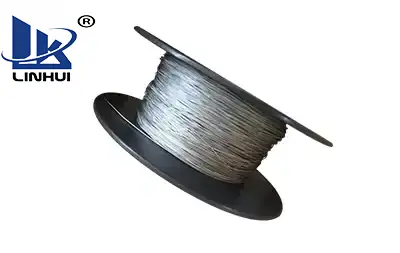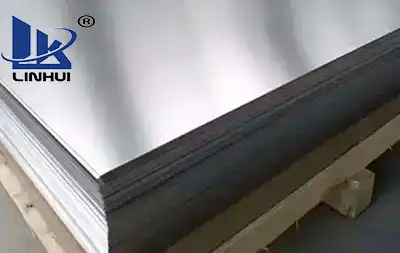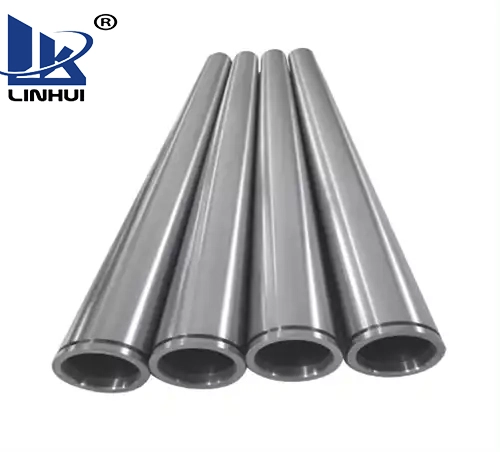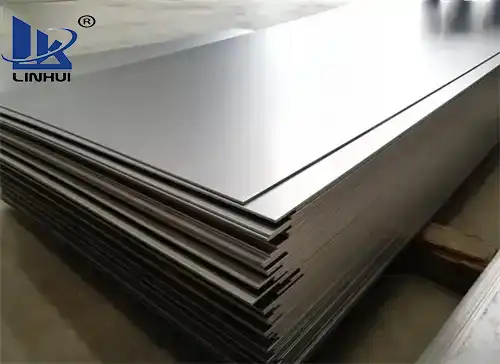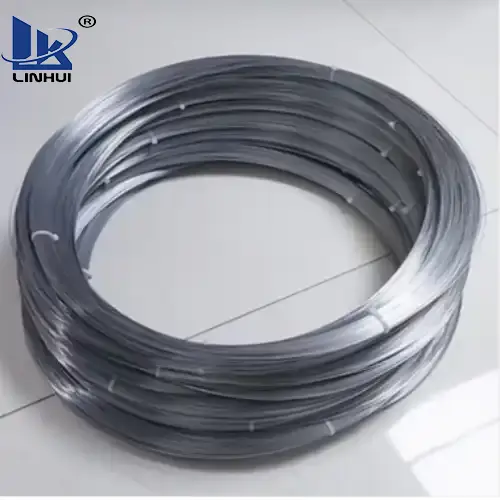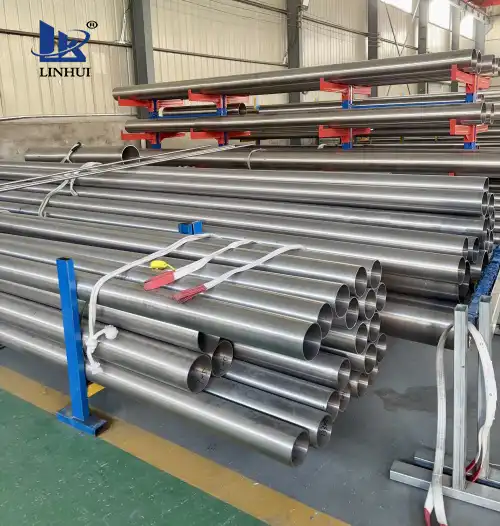The application of titanium in the aerospace industry mainly utilizes its low density, high strength, high-temperature resistance, corrosion resistance, and other properties.
The application of titanium in the aerospace industry has also achieved the purpose of reducing launch weight, increasing range, and saving costs. It is a popular material in the aerospace industry. In the rocket, missile, and aerospace industries, it can be used as pressure vessels, fuel tanks, rocket engine casings, rocket nozzle casings, artificial satellite casings, manned spacecraft cabins (skin and structural skeleton), landing gear, and moon landings. cabin, propulsion system, etc.
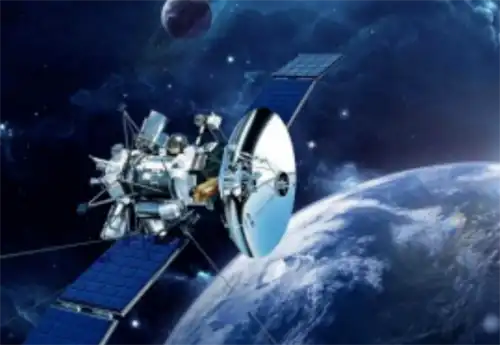
The U.S. first-stage rocket engine casing material widely uses Ti-6Al-4V alloy. This alloy is also used in giant cylindrical liquid rocket containers; multiple spherical and oval engine casings for intercontinental ballistic missiles, "Minuteman" missiles, etc. On the other hand, because Ti-6Al-4VELI and Ti-5Al-2.5SnELI alloys have low interstitial elements, especially oxygen content, and can be used at ultra-low temperatures, these alloys are used as liquid hydrogen containers for rockets and missiles, and the "Mercury" spacecraft And the sealed capsule of the "Gemini" spacecraft, as well as the main structural parts of the "Apollo" spacecraft that successfully landed on the moon.
In addition to industrial pure titanium, Ti-6Al-4V, Ti-5Al-2.5Sn, Ti-6Al-4VELI, and Ti-5Al-2.5SnELI, titanium and Titanium Alloy Metal Pipe Tube for Aerospacealso include Ti-7Al-4Mo, Ti-3Al-2.5V, Ti-13V-1Cr-Ti-15V-3Cr-3Sn-3Al and Ti/B-Al composite materials.
The space shuttle is the world's earliest manned spacecraft that can be used repeatedly. Development began in 1972, and the first flight was successful in 1981. The spacecraft consists of an aircraft with small wings, a 47m long external fuel container, and two solid fuel rocket boosters totaling 500t.
The orbital spacecraft is 37m long and weighs about 68t. This size is roughly the same as the jet transport DC-9. It is the largest manned spacecraft to date. Its cargo compartment is 18m long and 5m in diameter and can transport 29.5t of cargo. into Earth's orbit.
The space shuttle can be launched like a rocket, fly like a spacecraft at a maximum altitude of 1,000km, and glide and land like an airplane without thrust. This kind of space shuttle is essentially a space transport ship, so one of the parameters to judge its usefulness is the payload capacity for transportation between the Earth and the Earth's orbit. To maximize this payload, titanium alloys have become important materials for aerospace motor components.
The design life of the orbiting spacecraft is 100 flights, and each flight stays in the universe for 7 to 30 days. The spacecraft is manned, so it is designed to adapt to the space environment (vacuum, extreme temperature differences in orbit, heat when returning to the atmosphere, etc.) and used repeatedly.
1. High pressure vessel
Titanium alloys are used in many places because they can reduce the overall weight of spacecraft orbiting vehicles. The main use parts of titanium are high-pressure containers filled with necessary fuel and gas. Lightweight titanium alloy containers were successfully developed on NASA's Gemini spacecraft and Apollo spacecraft programs, using Ti-6Al-4V alloy. The iron pressure vessels on the Apollo spacecraft were actually designed with an unprecedented safety factor of 1.5. Previously, they were designed with a safety factor of about 4. To further reduce the weight of the high-pressure storage container of the orbital space shuttle, the method of adding Baique fiber (aromatic organic fiber produced by DuPont in the United States) to the surface of the thin-walled titanium container was adopted.
Pressure vessel for storing compressed gas. The "Prowler" satellite and booster share 14 titanium containers, reducing a total mass of 272kg.
Pressure vessel for storing liquid propellant. About 50 pressure vessels were used on the "Apollo" spacecraft, 85% of which were made of titanium. The Hercules III transition-stage engine uses a titanium alloy propellant tank to reduce its weight by 35%.
2. Engine casing
Solid fuel rocket motor casing. The second-stage rocket engine of the "Minuteman" intercontinental missile uses Ti64 alloy to reduce the weight by 30% to 40%.
Liquid fuel rocket engine casing. The pressure-bearing shell of the combustion chamber of the "Apollo" lunar module descent engine is made of Ti64 alloy.
3. Various structural parts
Titanium alloys are also widely used in various structural parts. The pressure cabin of the Mercury spacecraft is mainly made of titanium, accounting for 80% of the weight of the cabin. There are 7 grades of titanium alloy used in the "Gemini" spacecraft, and 570kg of titanium parts are used, accounting for 84% of the structural weight. The brackets, clamps, and fasteners of the "Apollo" spacecraft are all made of titanium, using a total of 68t of titanium.
4. Hydraulic piping
The hydraulic piping of the space shuttle uses seamless pipes made of Ti-3Al-2.5V alloy. Due to the use of this alloy, the weight can be reduced by more than 40%. To reduce the susceptibility to fatigue fracture and improve the actual life of the system, various assemblies of the tubes use automatic forming.






